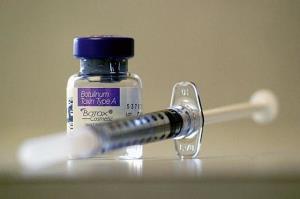

Allergan’s (AGN) Q2 results appeared to be pretty strong, at least on the surface. The company reported revenue of $4.0 billion and EBITDA of $1.6 billion. Revenue and EBITDA grew Y/Y by 9% and 13%, respectively. Revenue from U.S. Specialized Therapeutics, and International both grew by double-digits. Their growth was offset by a 1% decline in U.S. General Medicine.

All of the growth was not organic, however. U.S. Therapeutics grew revenue via acquisitions – it acquired and growth in key brands like Botox, offset by reductions in Restasis (chronic dry eye) and Aczone (treats acne). Generics suffered from a loss of exclusivity for Asacol HD (ulcerative colitis) and Minastrin (birth control), in addition to a decline in Namenda XR (Alheimer’s).
Despite double-digit growth in both revenue and EBITDA, Allergan’s growth is dead for the following reasons:
Lack Of Investment In Generics
Like Valeant (VRX) and Mallinckrodt (MNK), Allergan has grown its pharma operations through acquisition. The playbook has been to acquire companies to show growth in the top line, and then cut R&D and SG&A expenses to demonstrate to show growth in the bottom line. The scheme works as long as the acquirer keeps rolling up more companies. Once acquisitions subside you are left with stagnant to declining top line growth and no R&D machine to create new products.
During the quarter Allergan’s EBITDA expanded via cost-cutting. Sales and marketing expenses were 23% of revenue, down from 24% in the year earlier period. On a dollar basis sales and marketing expenses were $884 million, up from $827 million in the year earlier period. However, generics’ sales and marketing costs were $288 million, down from $332 million in the year earlier period. While sales and marketing for the entire company rose $57 million Y/Y, such costs were reduced within generics by $44 million.
R&D as a percentage of revenue was 17%, down from 24% in the year earlier period. On a dollar basis the company’s $489 million in R&D costs were down $147 million Y/Y. The reduction in R&D could hamper Allergan’s ability to produce new drugs and grow revenue organically. The declining investment in generics (37% of total revenue, 35% of total contribution margin) could hasten its continued decline in the future.
















